 Posted Mar 27, 2023, 12:09 PM
Posted Mar 27, 2023, 12:09 PM
|
 |
Hong Kong
|
|
Join Date: Jan 2002
Posts: 8,695
|
|
The Aga Khan Museum showcases Islamic art from around the world from Spain, North Africa, Iran, India, Central Asia and China. It was the first of its kind in North America, and like many of the city's more famous museums, it does host an occasional free admission day and I took good advantage of that.

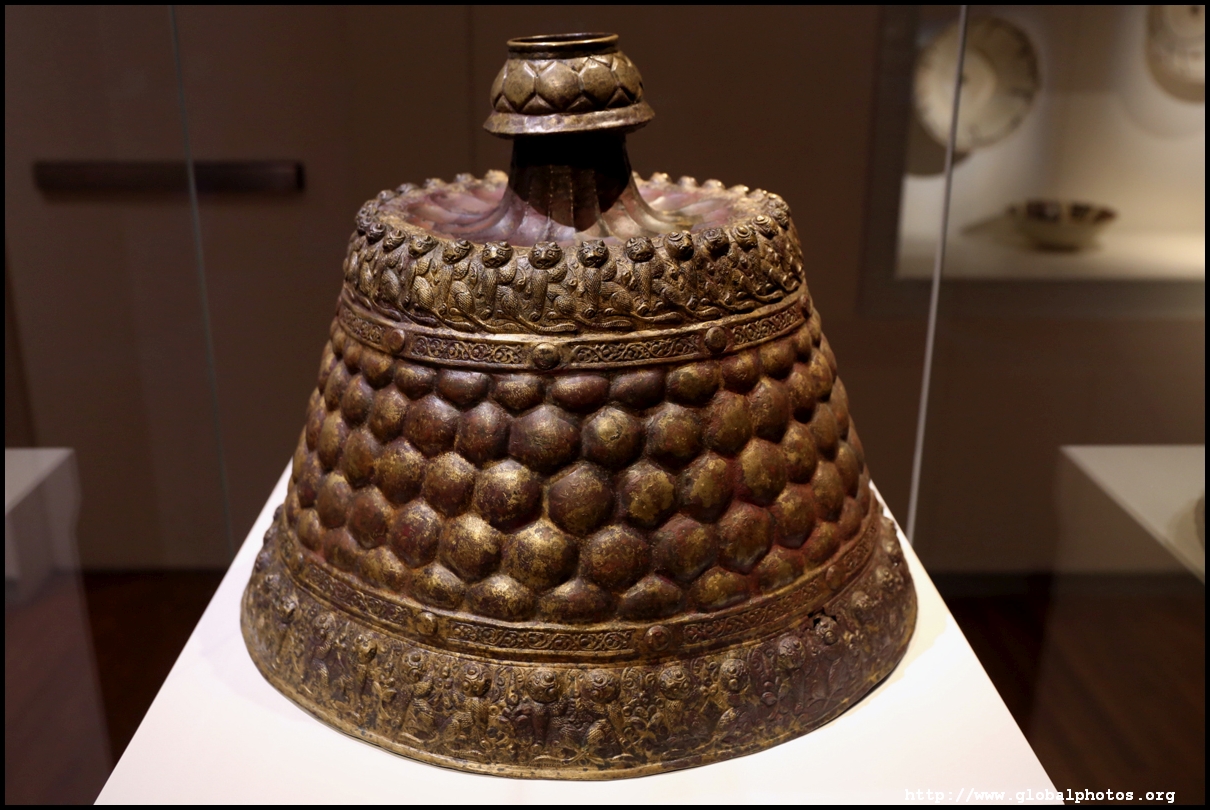
These 15th century blue and white pharmacy jars are believed to have come from Syria. They were used to store ointments and dry drugs, with the design lacking spouts and handles that are usually associated with liquid bottles.

This 14th century brass bowl has an Arabic inscription with titles of a high-ranking officer.

Ivory horns were associated with noble hunting, such as blowing signals or using it as a drinking vessel after the hunt.
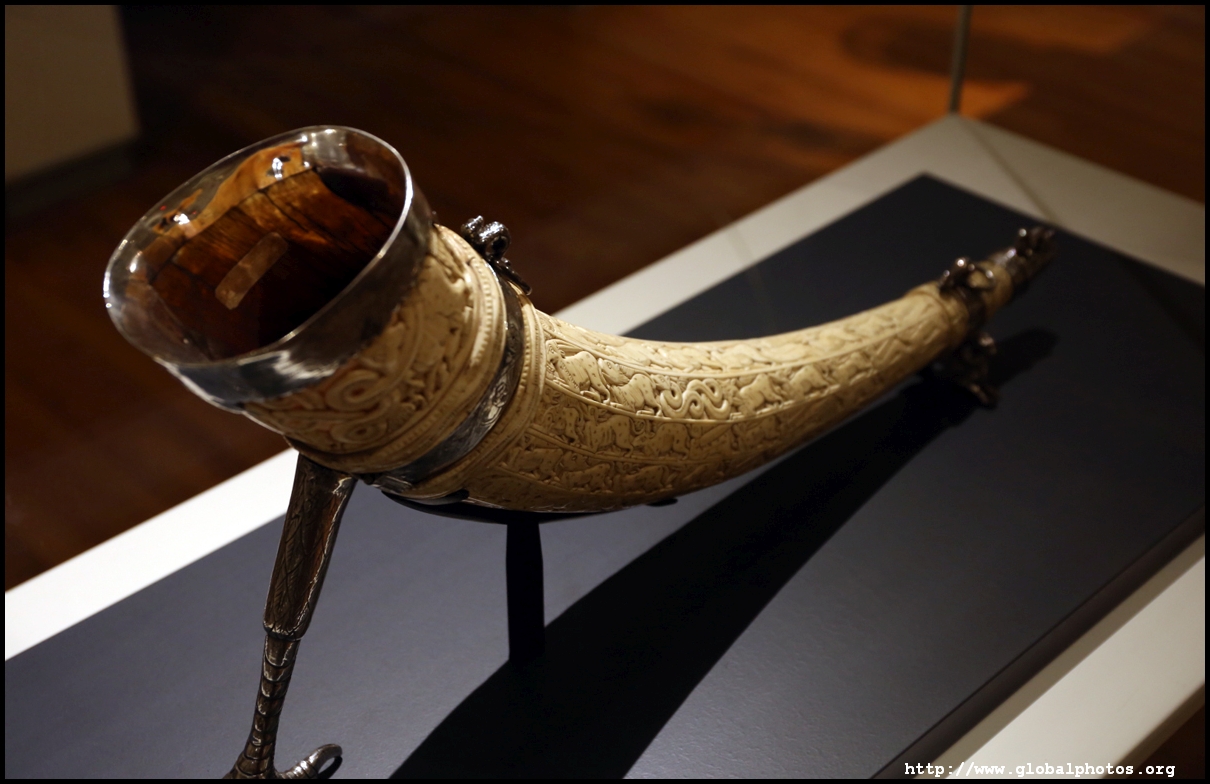
This flask was believed to have stored larger amounts of liquid, with loops around the body for easier transport.

Various Koran manuscripts were on display, such as this 11th century piece from Milan. Rosettes marked the end of each verse, which could be interpreted as pausing the reading or to take a breath.
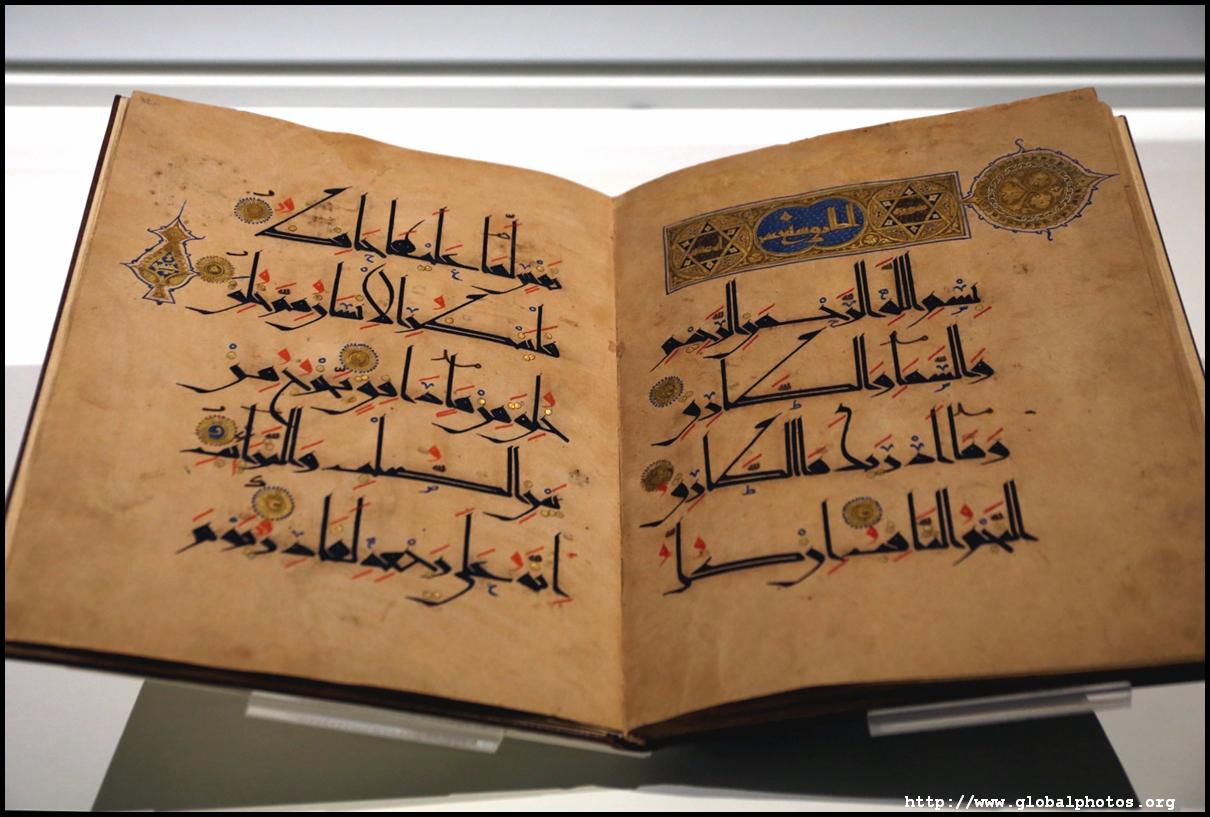
This North African manuscript dates from the 9th-10th century.
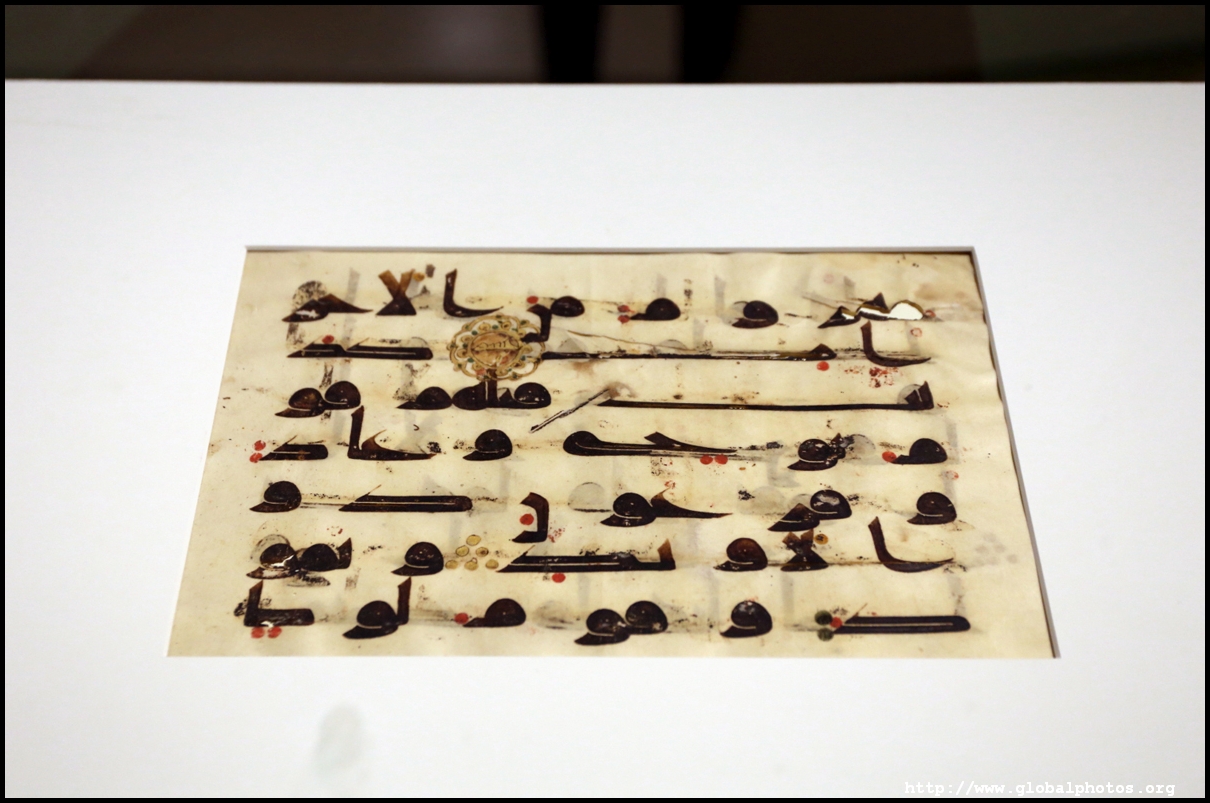
An Iranian physician wrote the "Anatomy of the Body", a first in the Islamic world to show the entire human body's anatomy.
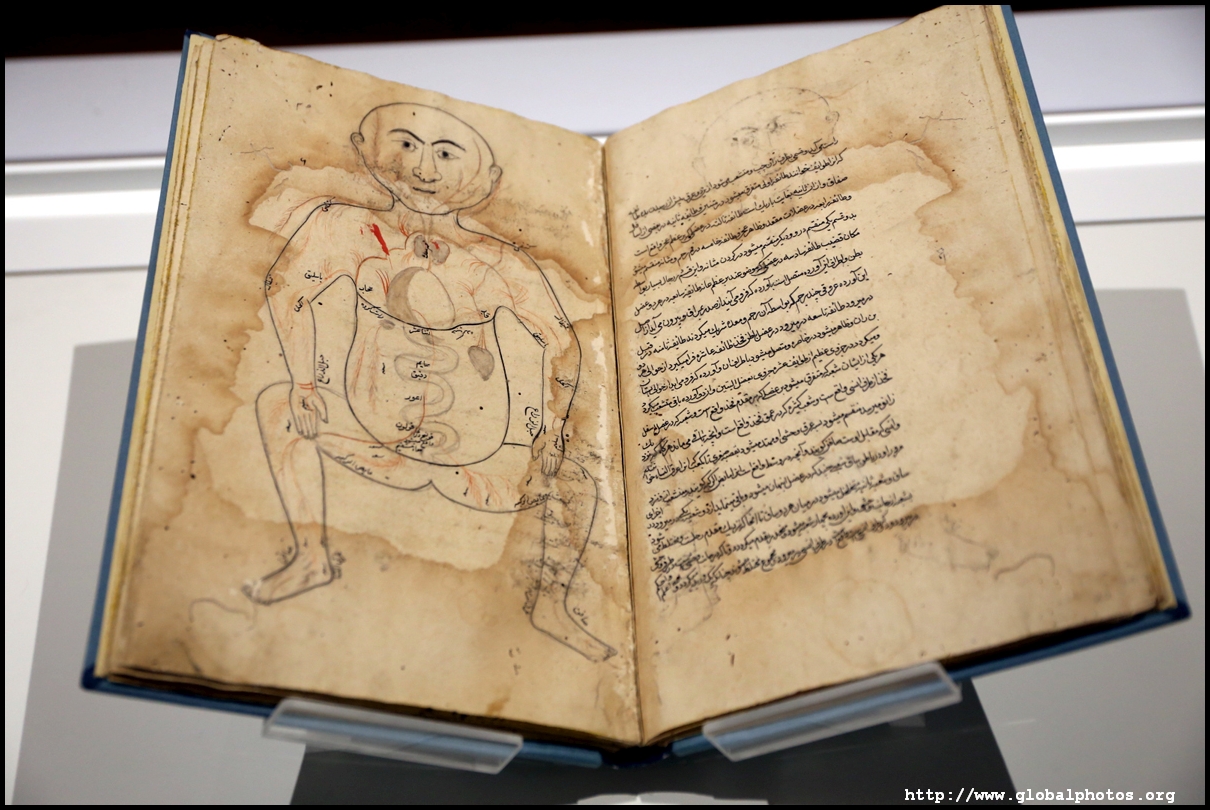



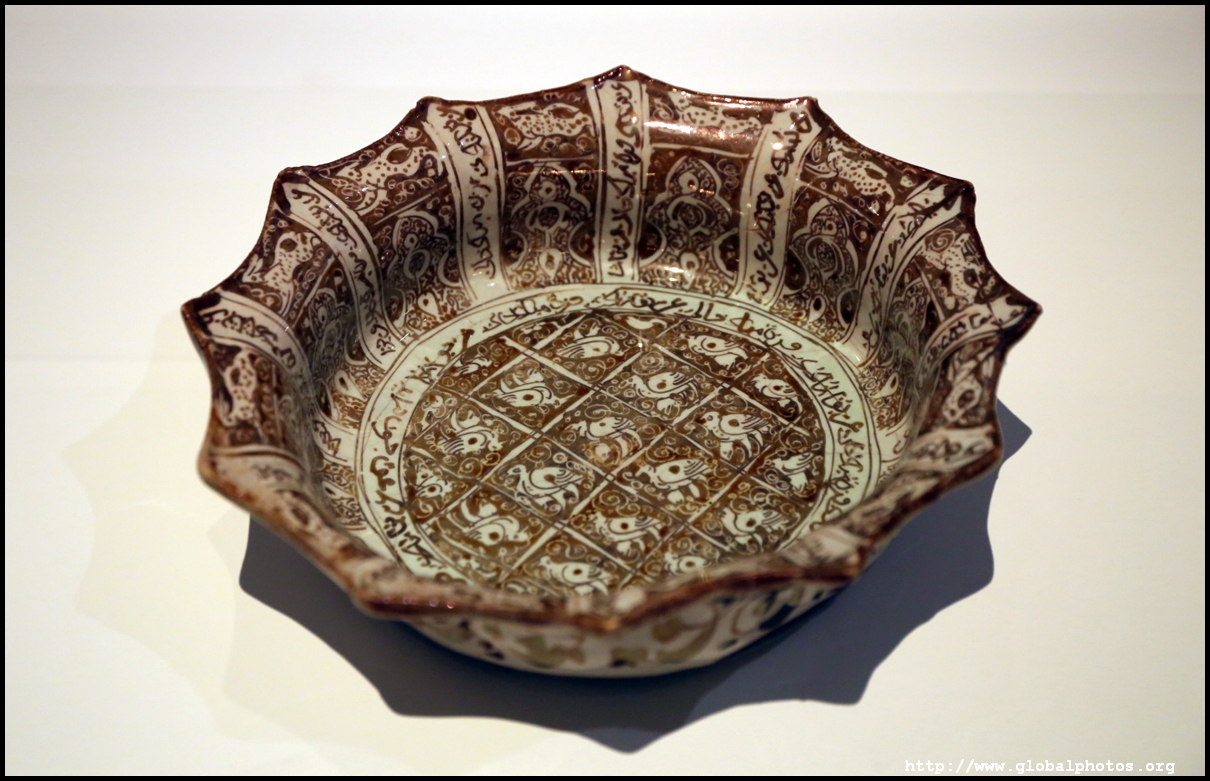
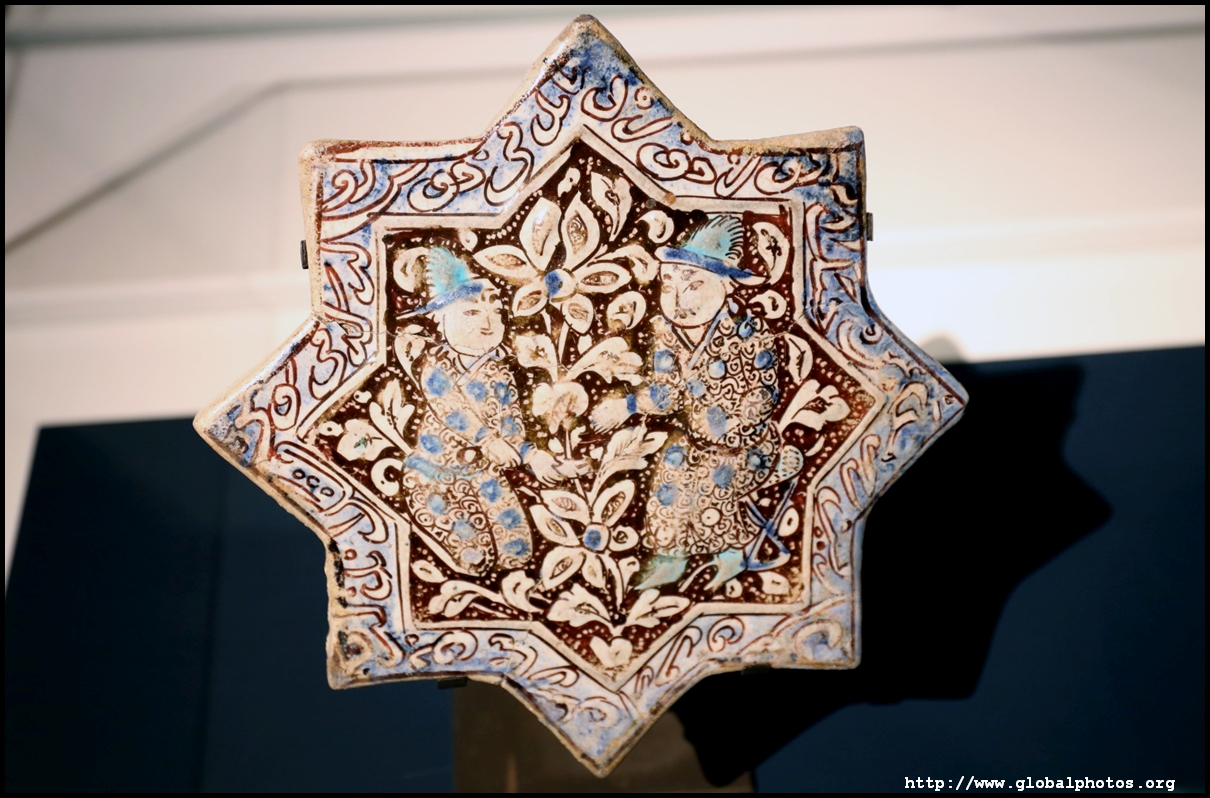
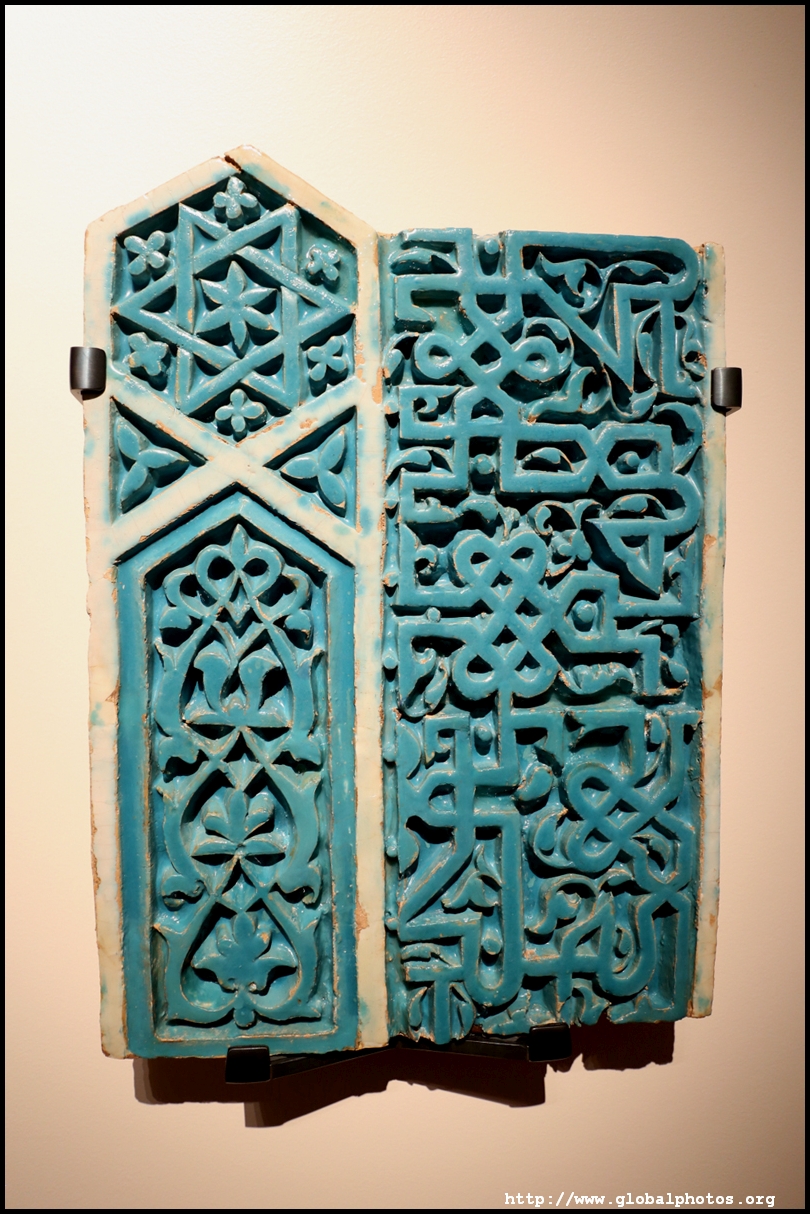
This panel of 4 tiles from 16th century Turkey came from Iznik, which was famous for ceramics.

This 14th century bronze astrolabe from Spain was an astronomical device to determine the positions of the sun, moon, planet, and stars. It had inscriptions in Latin, Hebrew, and Arabic.
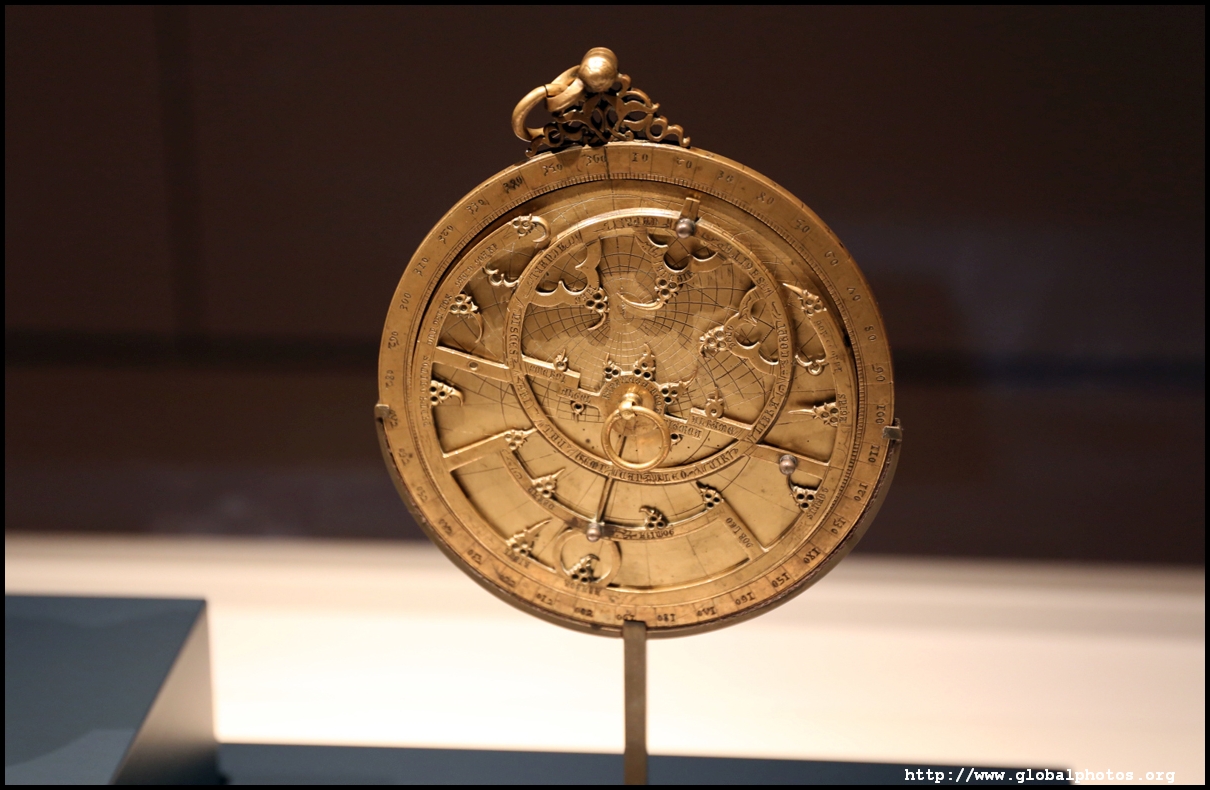
This Iranian dish from the 17th century was influenced by Chinese blue-and-white porcelain. Iran exported cobalt to China during the ceramic production boom when the Mongols ruled.

This Chinese porcelain from the Ming Dynasty has the Arabic word "cleanliness" at the centre, indicating it is used for rituals.

This tray from India is made of mother-of-pearl, black lacquer, and wood with Indian, Persian, and European influences. Gujarat was famous for mother-of-pearl art in the 16th and 17th centuries.

More photos on my website : https://www.globalphotos.org/toronto.htm
|



